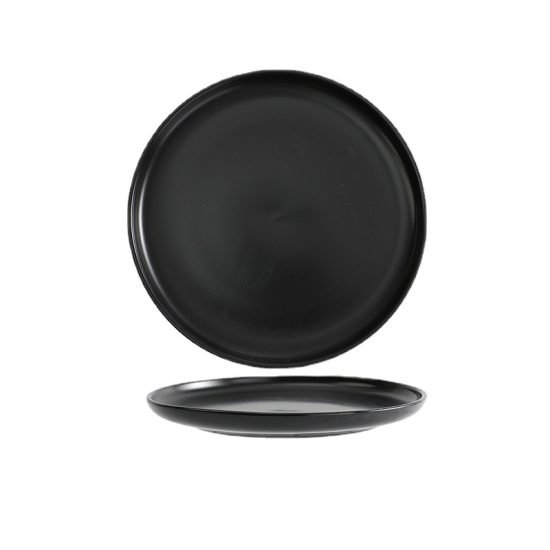The science of tea infusion involves understanding the chemical and physical processes that occur when tea leaves are steeped in hot water. Several factors influence the extraction of compounds from tea leaves and contribute to the flavors, aromas, and colors of the infused tea. Here are the key aspects of the science behind tea infusion:
- Extraction of Soluble Compounds: When tea leaves come into contact with hot water, various soluble compounds are extracted from the leaves and dissolved in the water. The main classes of compounds extracted from tea leaves include polyphenols, catechins, caffeine, amino acids, volatile compounds, and pigments.
- Temperature: Water temperature plays a crucial role in tea infusion. Different types of teas have optimal temperature ranges for brewing to achieve the desired flavors and aromas. For example, black teas generally require boiling water, while green and white teas are brewed at lower temperatures to preserve delicate flavors.
- Steeping Time: The length of time tea leaves are steeped in hot water affects the extraction of compounds. Longer steeping times generally result in stronger and more intense flavors, but excessive steeping can lead to bitterness and astringency. Each type of tea has recommended steeping times to balance flavor extraction.
- Surface Area and Leaf Size: The surface area and size of tea leaves influence the rate of infusion. Smaller tea leaves or finely chopped leaves, as seen in tea bags, have a larger surface area exposed to water, which promotes faster extraction. Whole tea leaves in loose-leaf teas may require slightly longer steeping times to allow for proper infusion.
- Water Quality: The quality and composition of the water used for tea infusion can affect the final taste. Water with higher mineral content, such as hard water, can impact the extraction and alter the flavors of the tea. Some tea enthusiasts prefer using filtered or spring water to ensure a neutral base for infusion.
- Agitation and Stirring: Agitating the tea leaves during infusion can enhance the extraction process by promoting better contact between the leaves and water. Gentle stirring or swirling the teapot or using a tea infuser helps distribute heat and water flow, leading to more consistent flavor extraction.
- Chemical Reactions: During tea infusion, chemical reactions occur between the compounds in the tea leaves and the hot water. These reactions contribute to the development of flavors, including the formation of new compounds and the breakdown of others. For example, catechins can oxidize to theaflavins and thearubigins in black teas, resulting in the characteristic color and flavor profiles.
- Steeping Vessel Material: The material of the teapot or steeping vessel can influence the infusion process. Different materials, such as clay, ceramic, glass, or stainless steel, have varying heat retention properties, which can affect the temperature and rate of extraction. Additionally, some teapots made of specific materials, like Yixing clay, may interact with the tea compounds over time, further enhancing the flavors.
Understanding the science of tea infusion allows tea enthusiasts to experiment with different variables to achieve the desired flavor profiles. By adjusting factors like temperature, steeping time, and tea-to-water ratios, one can explore the vast range of flavors and aromas that tea has to offer.


